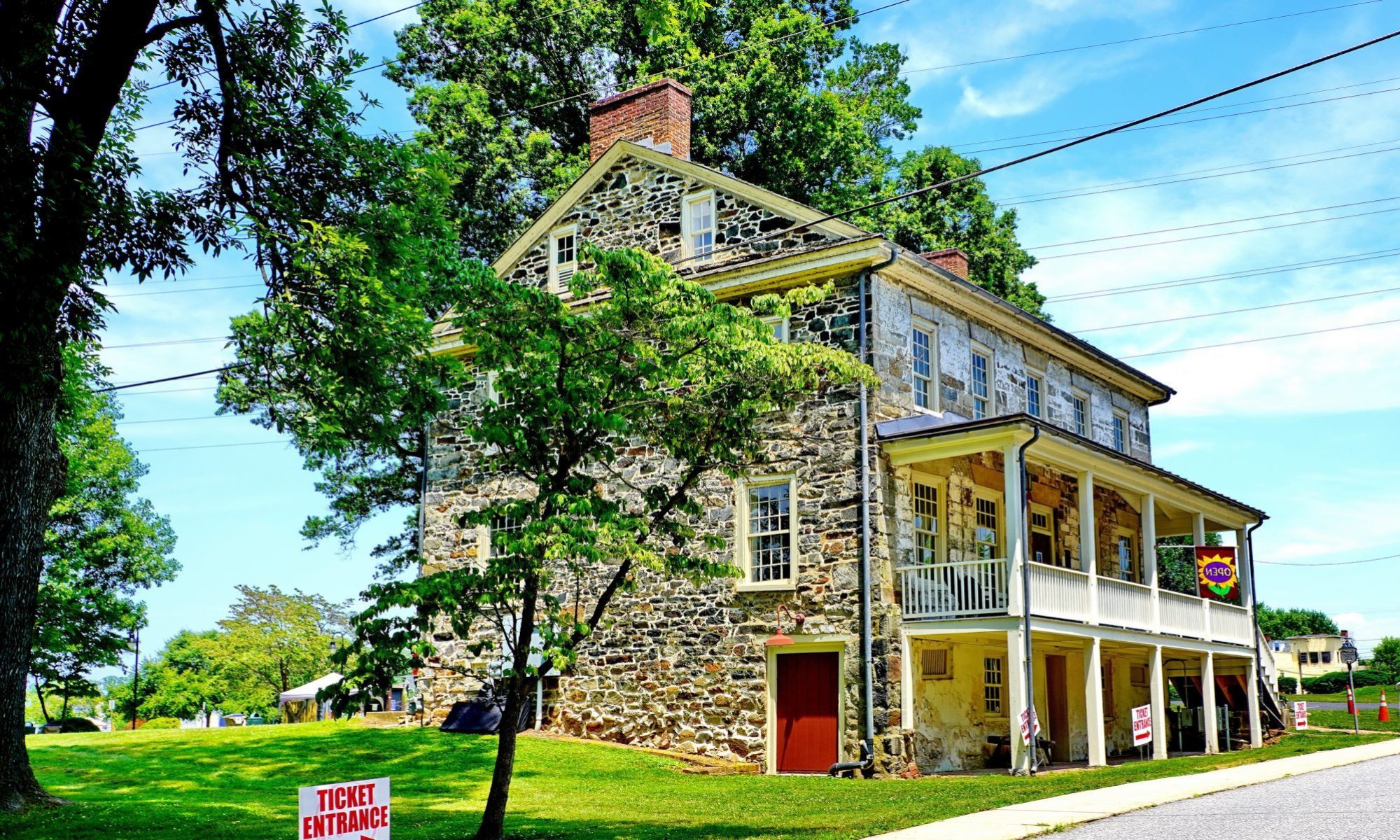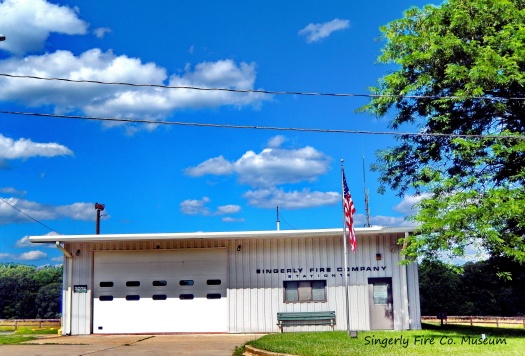The old commercial district in Elkton has several architecturally interesting cultural resources, one of which is the Gilpin building, a centuries-old surviving structure. This substantial three-story brick vernacular building was the subject of a recent inquiry, as we were asked to investigate the past at the southwest corner of North and High Streets.

During the 1880s, the town experienced a substantial building boom as industries opened up along the creek and the railroad, creating a larger demand for commercial outlets and dwellings. As part of that boom, the central business district started expanding beyond the original boundaries along Main Street as commercial enterprises stretched up North Street toward the railroad tracks.
“Gilpin Hall,” the building that now stands on this corner was one of the many that enhanced the town during that decade of growth. John Gilpin, the postmaster and prominent businessman, started constructing this commodious building in the fall of 1887 and it was ready for occupants in March 1888. The Masonic Lodge met in their new room on March 20th of that year and on the grand occasion, they “partook of an excellent oyster supper at the restaurant of William Giles in honor of the occasion,” according to the Cecil Whig. That same month postal operations moved one block north from a temporary location to “spacious quarters in the Gilpin Building.”
When it opened, it housed the post office, lawyers’ offices, and the Masonic Hall. Soon, the building also had a barber shop, and that service continued throughout most of the 20th century. By 1889, there was a need for more space so Gilpin got a building permit from the town, authorizing a 14′ X 17′ addition at a cost of $600. In 1918, the county extension agent moved there. As the decades zipped along some minor additions were made, each adding to the architectural value of the structure. Today, the Masonic Lodge still maintains its headquarters at this corner.
It continued to serve as the post office until about 1925 when mail distribution moved across the Street to the new McCool building. But the Union Lodge NO. 48 A.F. & A.M. continued to occupy the upper floors. Today, it remains an important contributing structure in Elkton’s historic district.
Click here to see the full report.
















